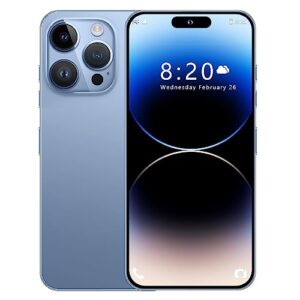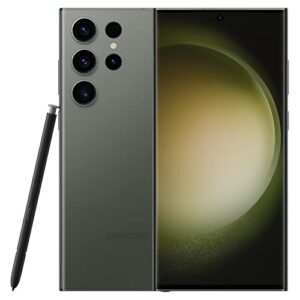
We go to great efforts when testing screens throughout our review process to determine the quality of a display by measuring Contrast Ratio, Color Calibration, Brightness, and Sunlight Legibility. The screen is “the” key part of the user interface when combined with the touch element.
- LCD (Liquid Crystal Display)
- AMOLED (Active-Matrix Organic Light-Emitting Diode)
- IPS-LCD (In-Plane Switching Liquid Crystal Display)
- OLED (Organic Light-Emitting Diode)
What are OLED and AMOLED?
OLED and AMOLED use so-called “organic” LEDs to emit light, which in most circumstances eliminates the requirement for an LCD display’s backlight and could lead to a screen that is thinner. It offers a greater contrast ratio and less washed-out “blacks,” and it is quite noticeable in low light.
What are LCDs and IPS-LCDs?
A matrix containing liquid crystals makes up LCD (Liquid Crystal Display) displays. Liquid crystal displays require some sort of backlight so they can produce light on their own. LCD screens can therefore be quite transparent in direct sunlight.
Because of how the LCDs are designed, IPS-LCDs have a wide angle and greater color reproduction than non-IPS-LCDs. For mid-range to high-end phones, this display style has grown to be common.










[…] Samsung is known for its high-quality displays, and the latest mobiles are expected to feature improvements in this area. The devices may feature […]
[…] Samsung Galaxy A52 and A72 have the same display technology, Super AMOLED. However, there are differences in display size and resolution. The A72 has a larger display, […]